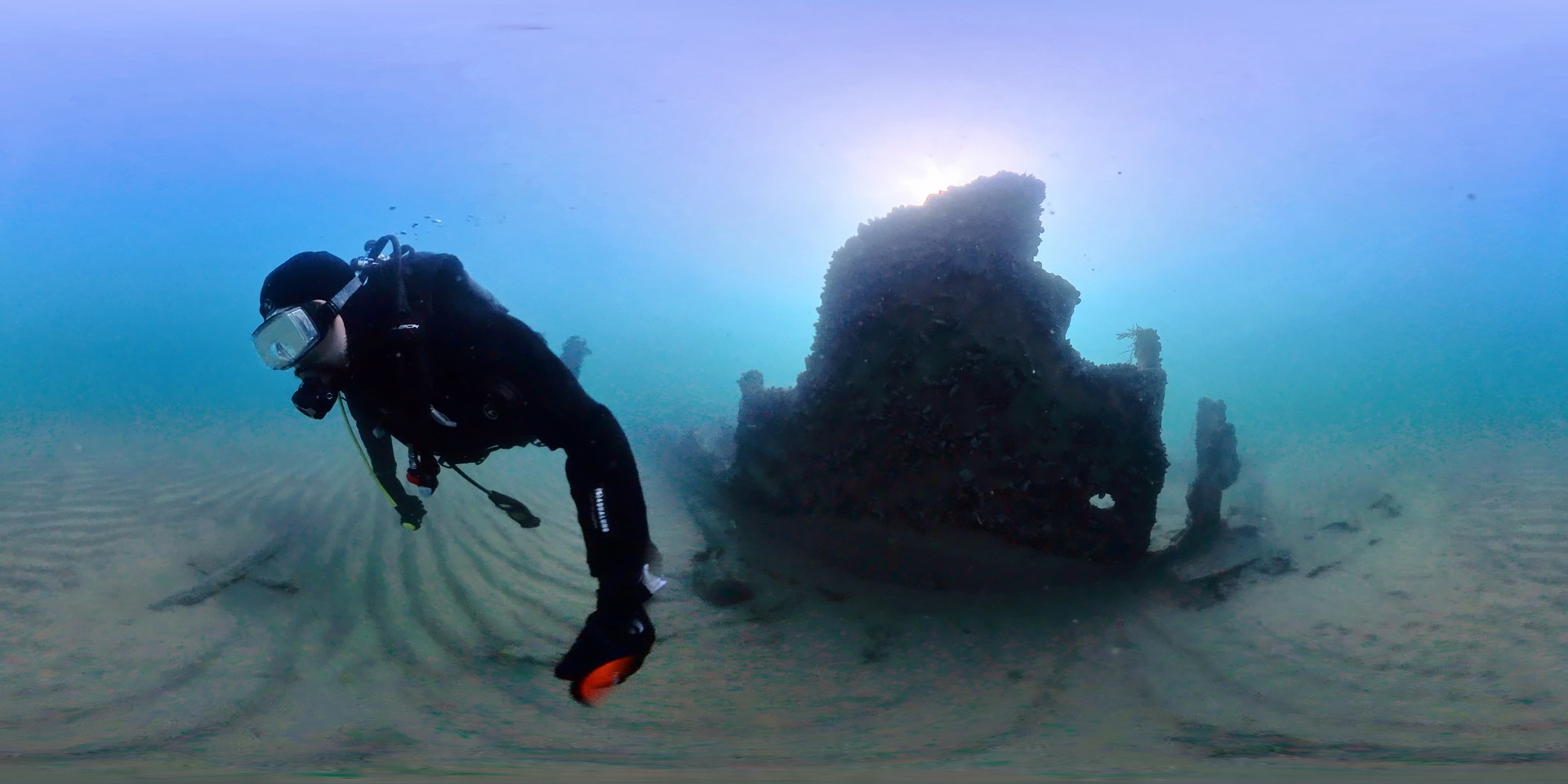
A potential Ottoman shipwreck from World War I has been discovered by an amateur fisherman off the coast of Akcakoca, Duzce, sparking excitement among researchers and archaeologists.
Academics from Duzce University are expanding their investigations into the site, which could offer new insights into wartime naval history and heritage tourism in the Black Sea region.
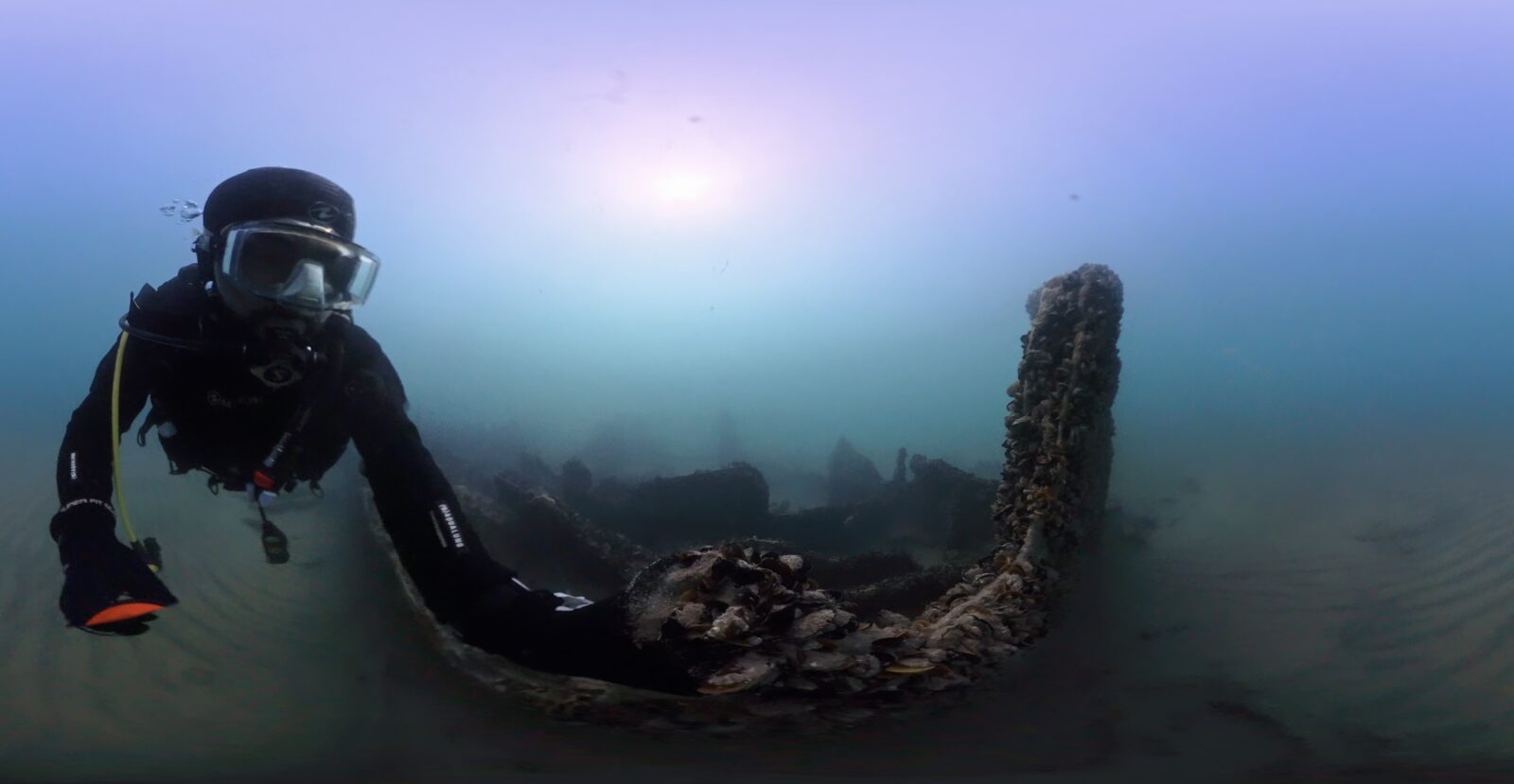
Gurkan Gurbuz, an amateur fisherman, stumbled upon the wreckage eight months ago while fishing near Karaburun with an underwater camera attached to his spear gun. At a depth of 6 meters, he noticed substantial metal remains and promptly recorded the discovery.
Gurbuz shared the footage with Professor Deniz Yaglioglu, head of Duzce University's biology department, and Associate Professor Ahmet Bilir, director of the subaquatic studies application and research center. The academics quickly initiated an investigation, including on-site dives to explore the wreck further.

Ahmet Bilir, director of Duzce University’s underwater studies research center, described the find as “extremely significant” from both an archaeological and tourism perspective. According to Bilir, “Based on the ship's construction technology and historical features, we believe the wreck dates back to the World War I period. We discovered munitions onboard, which suggests it was used in the war.”
The wreck, estimated to be around 50-60 meters in length and made of metal plating, appears to have suffered significant damage. Bilir speculates that the damage might have been caused by an explosion or rough seas. Further research is needed to confirm this, and the team plans to request permission from the Ministry of Culture and Tourism for excavation work around and inside the wreck.
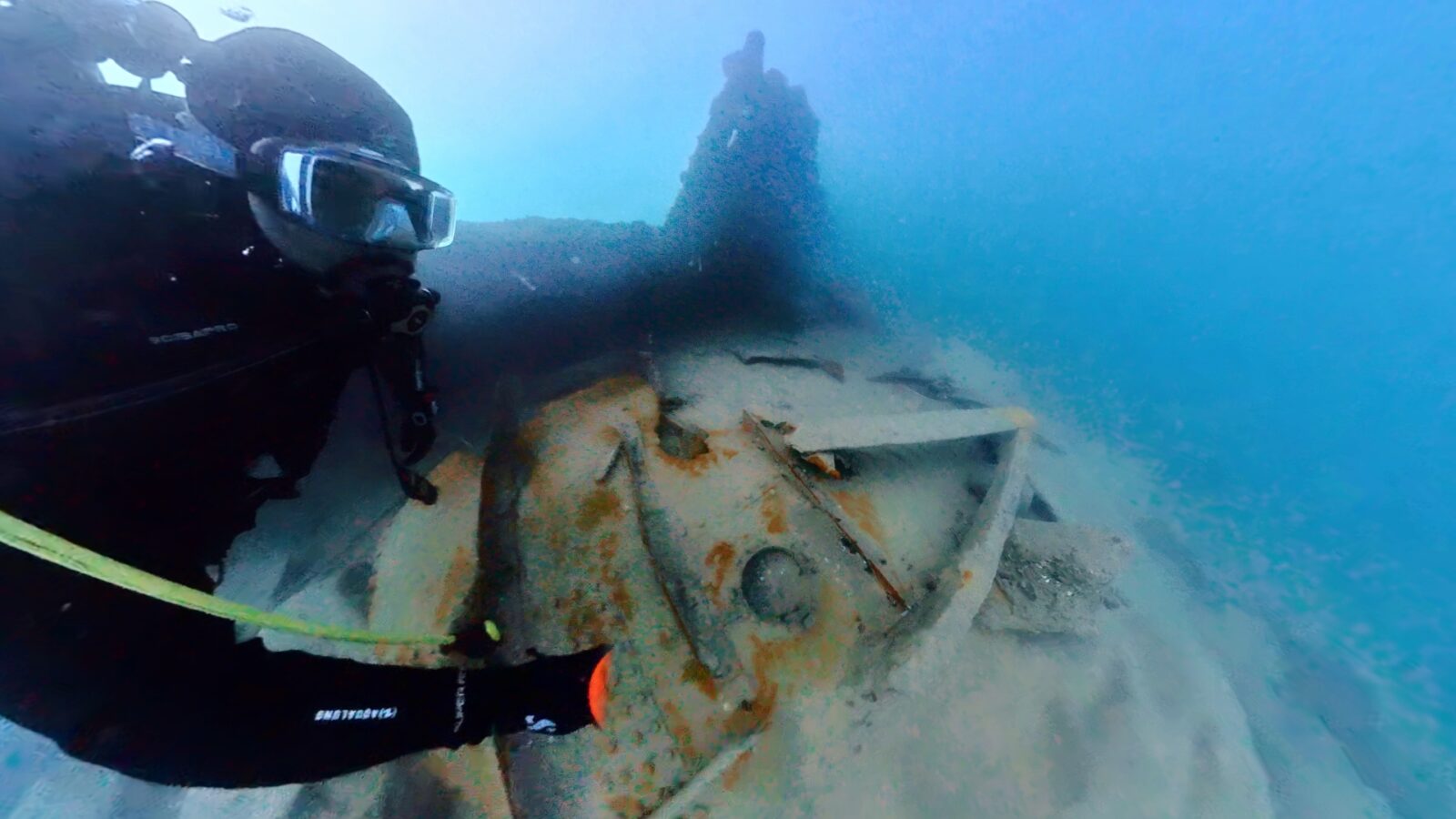
“This wreck is incredibly exciting. Seeing a sunken ship underwater is always thrilling, and this one is particularly intriguing due to its potential historical value,” Bilir added.
Ahmet Bilir, speaking to Türkiye Today, stated that the marks and munitions visible on the wreck will become clearer after special studies and that the exact dating of the wreck will only be possible in this way.
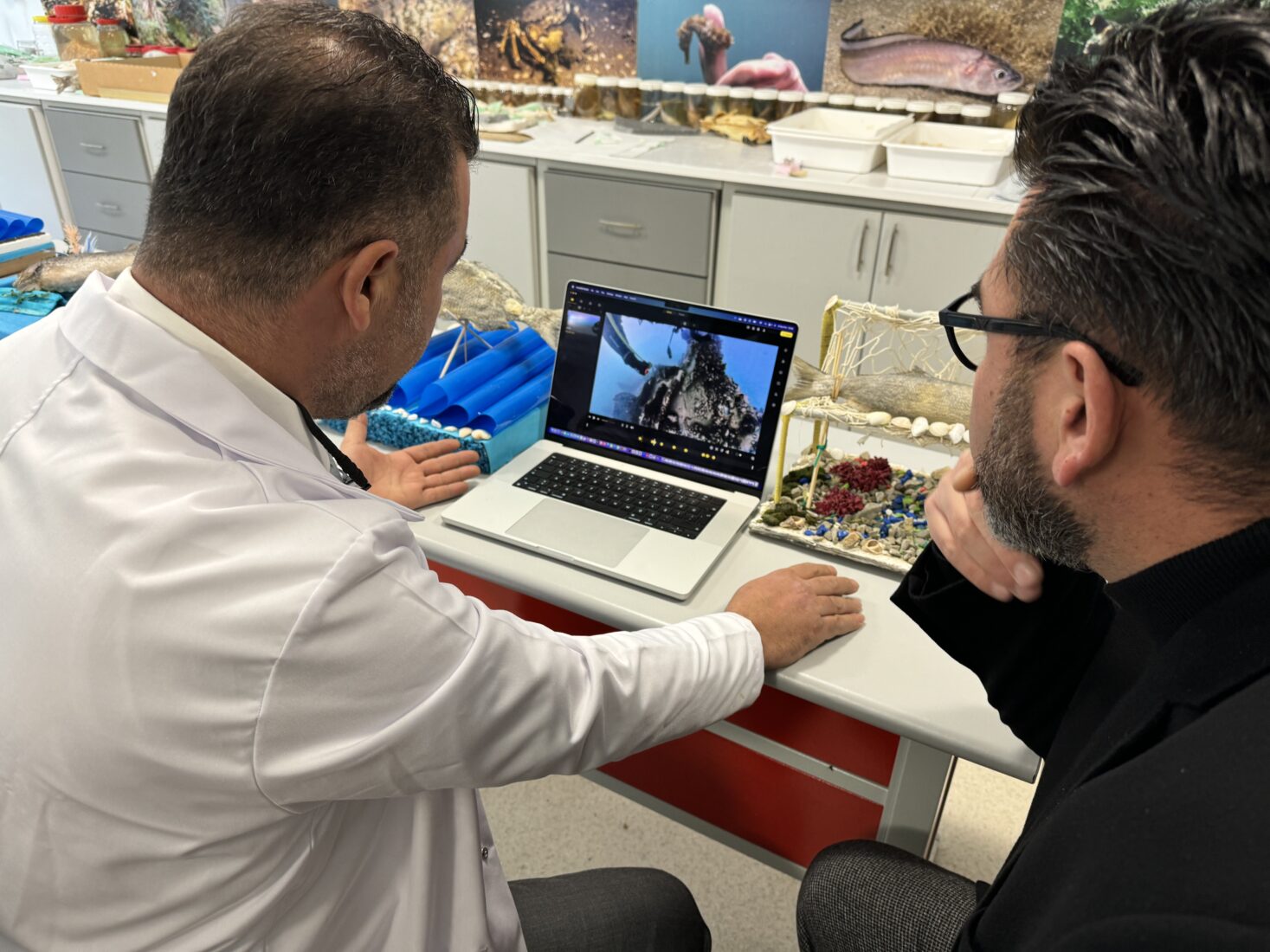
Deniz Yaglioglu highlighted two key possibilities regarding the ship’s origin.
One theory links the wreck to the German U-19 submarine fleet. During World War II, German submarines entered the Black Sea via the Danube River but were deliberately sunk by their own crews when retreat became impossible. However, structural observations suggest this wreck does not belong to a submarine.
The second and more likely scenario involves Ottoman ships lost during a pivotal World War I mission. Yaglioglu explained, “The Bezm-i Alem, Mithat Pasha, and Bahr-i Ahmer ships were tasked with delivering supplies to Sarikamis on November 7, 1914, but disappeared without a trace. Initial observations of torpedo-like ammunition onboard align with historical records of these ships.”
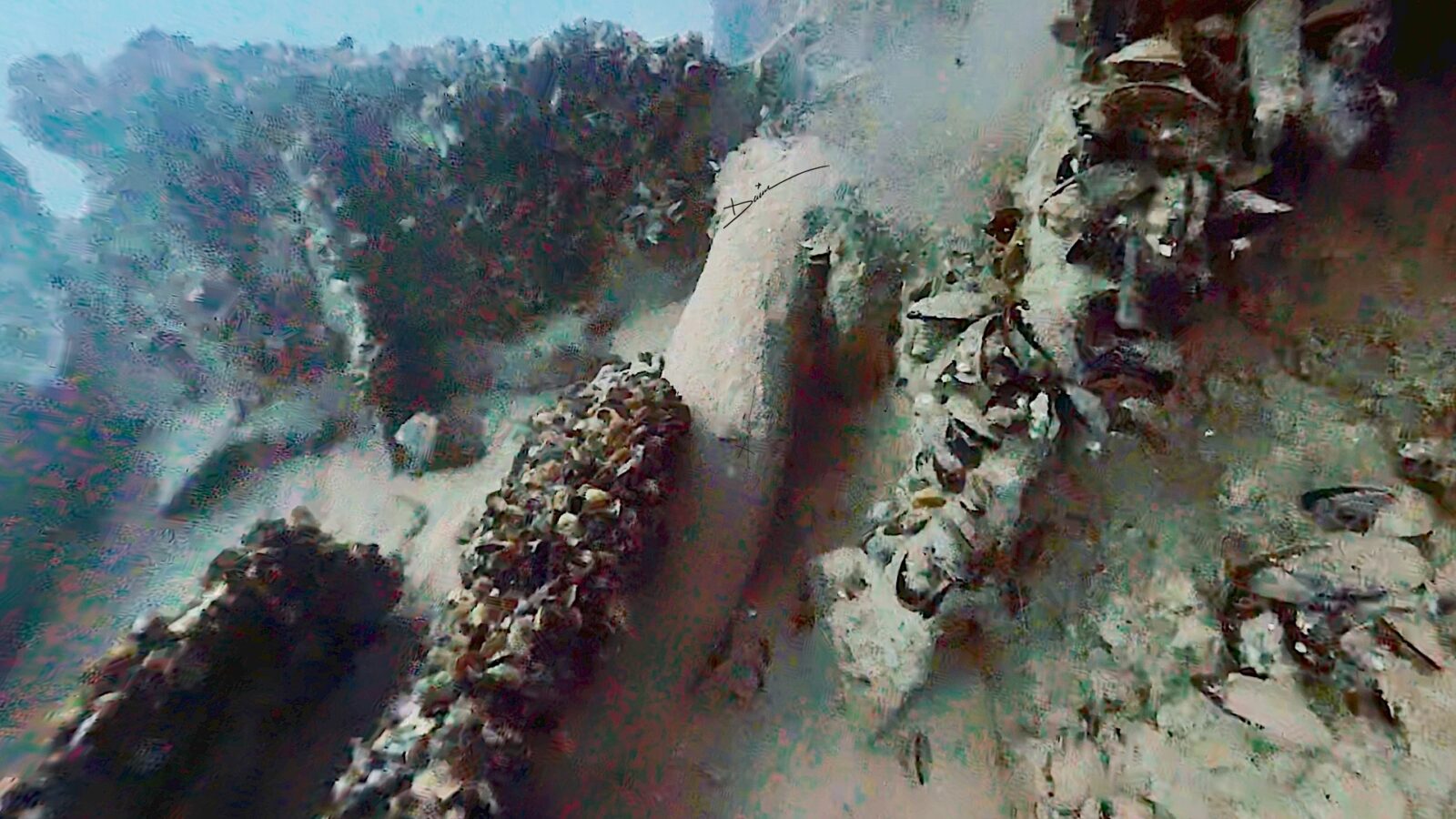
The team is preparing a comprehensive project to deepen their analysis of the wreck, with support from Duzce University.
“Excavations and detailed examinations of the wreck and surrounding seabed will offer crucial information,” Bilir stated. “We aim to determine whether this ship is one of the long-lost vessels connected to the Sarikamis operation.”
The discovery has also drawn interest from military historians, who will help analyze and date the ammunition and other materials found at the site. This collaborative effort aims to shed light on who used the vessel, whether its weapons were ever deployed, and how it met its end.
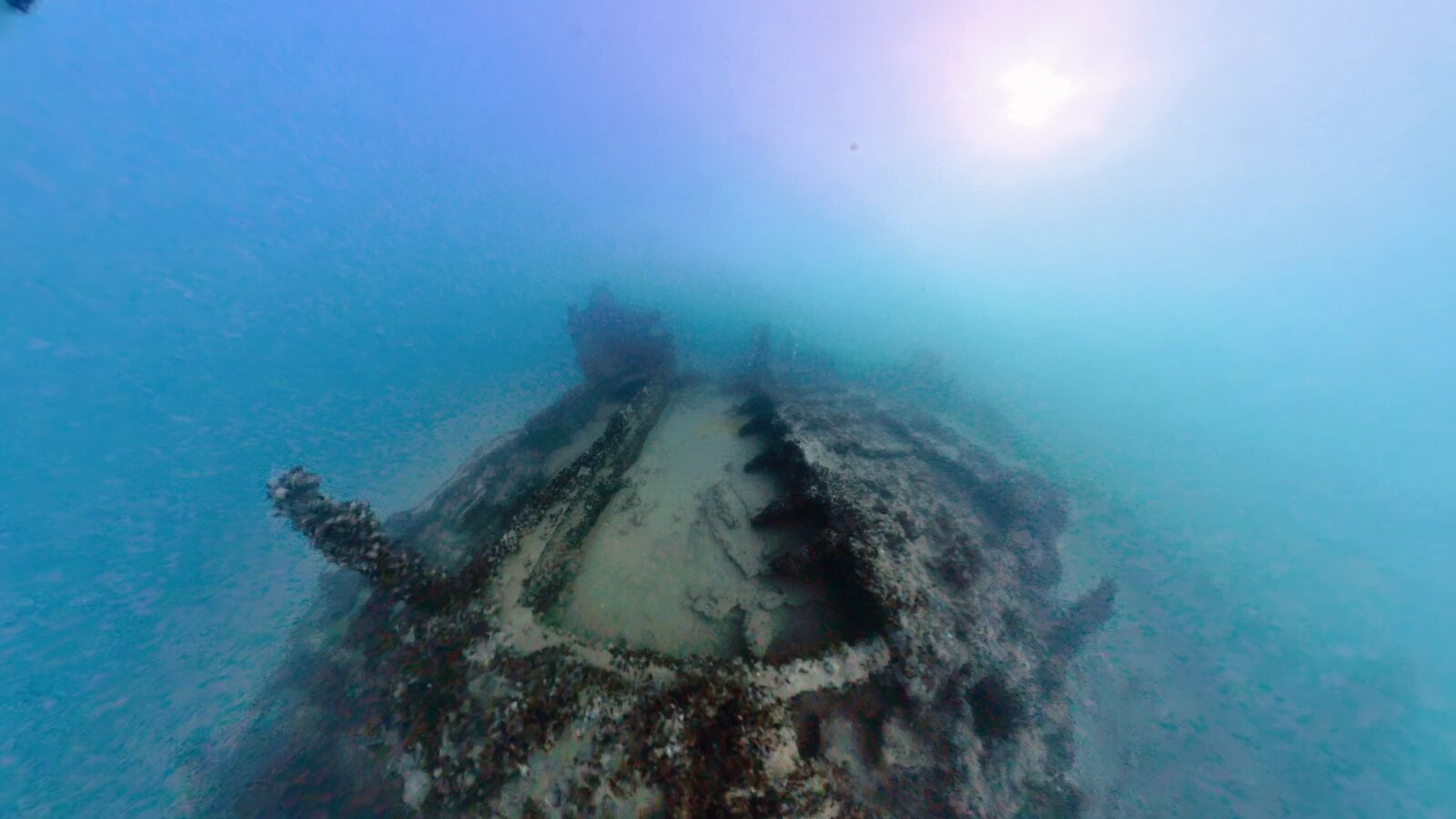
Yaglioglu noted that the Black Sea continues to hold many secrets.
“Despite years of diving and biodiversity research in the Akcakoca region, I never came across such a wreck. This discovery proves there are countless untold stories beneath these waters,” he said.
Researchers believe further studies will uncover new details about the wreck’s historical context, contributing to both academic understanding and heritage tourism in Türkiye.